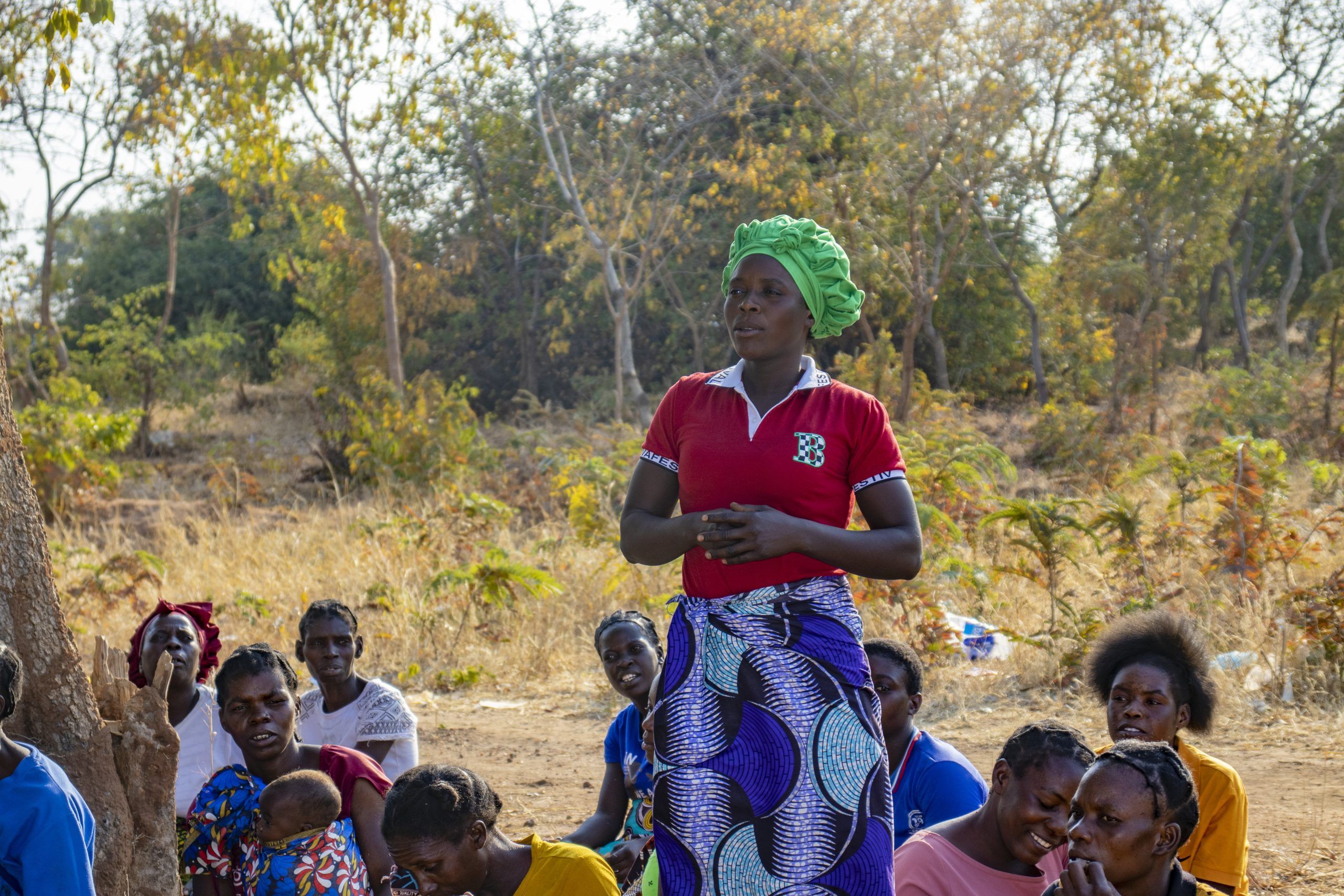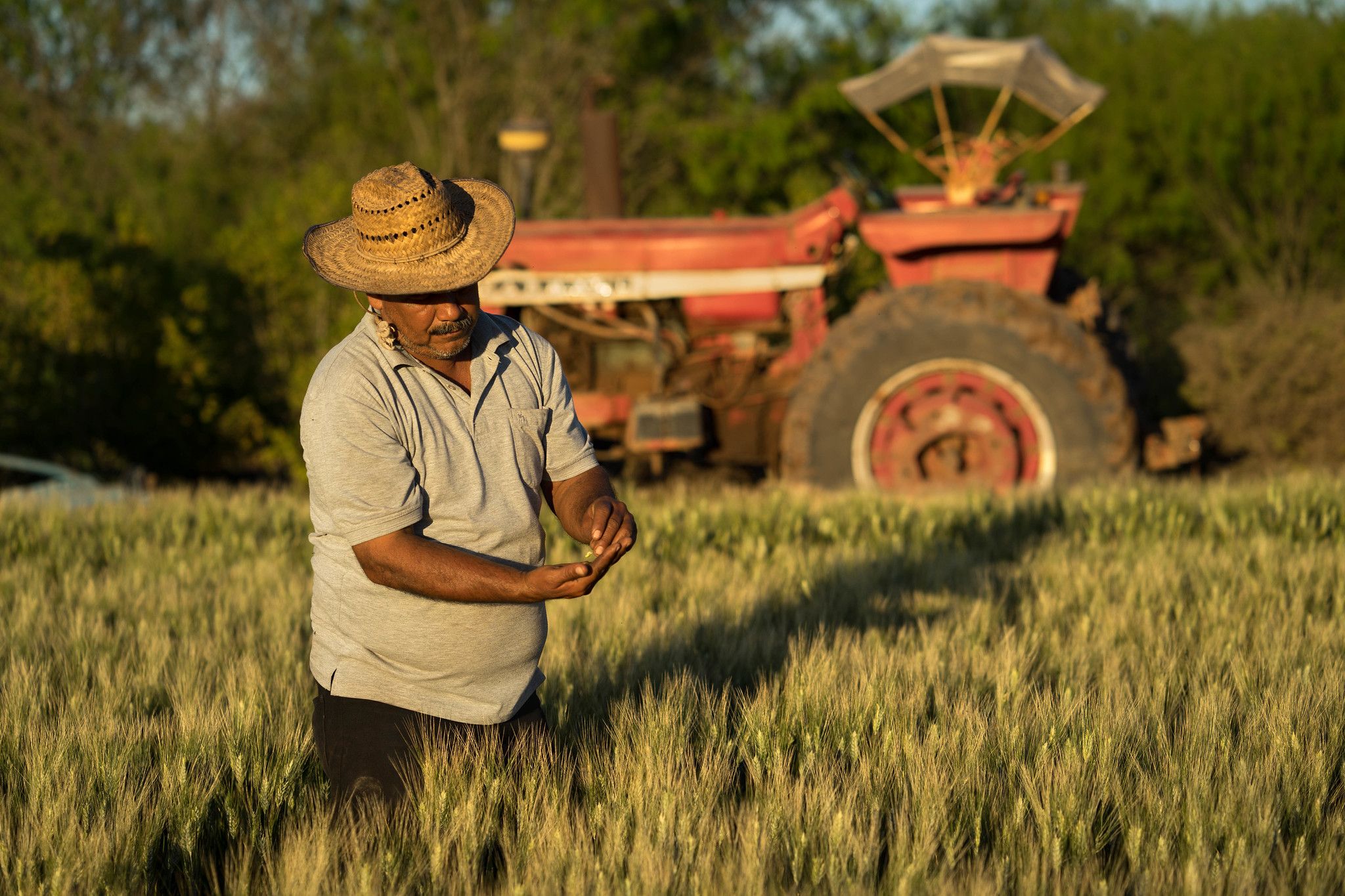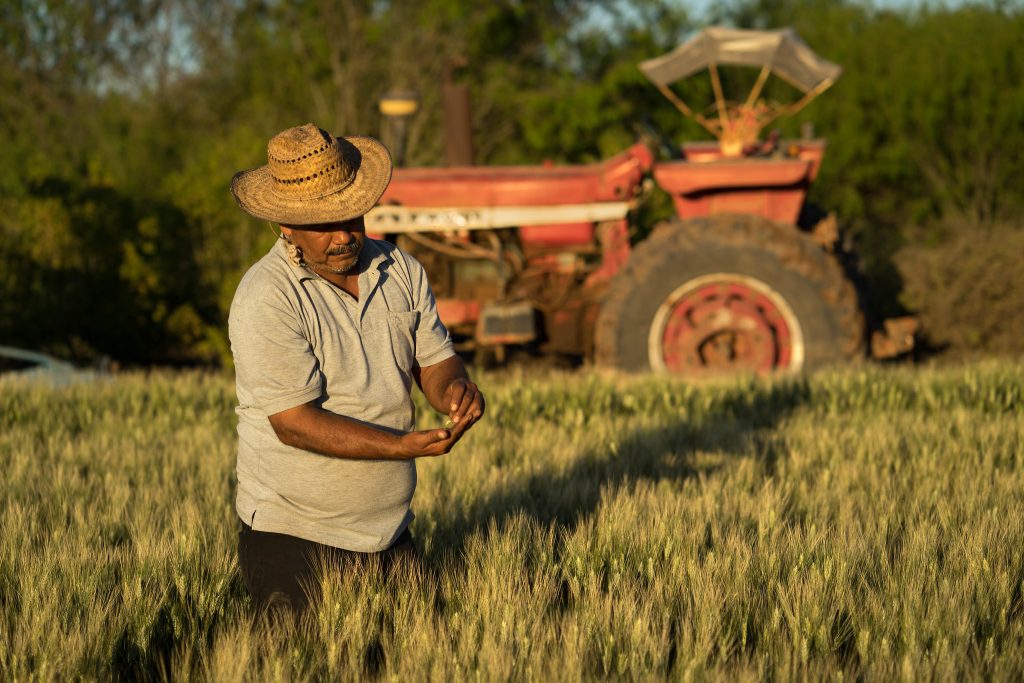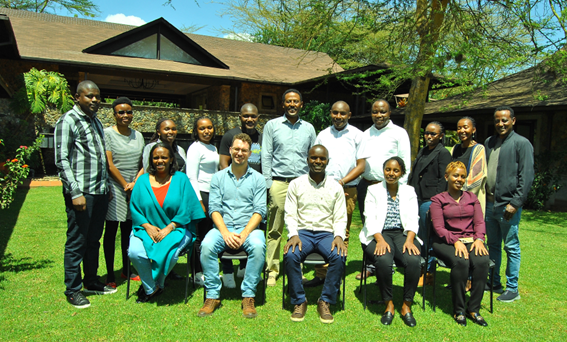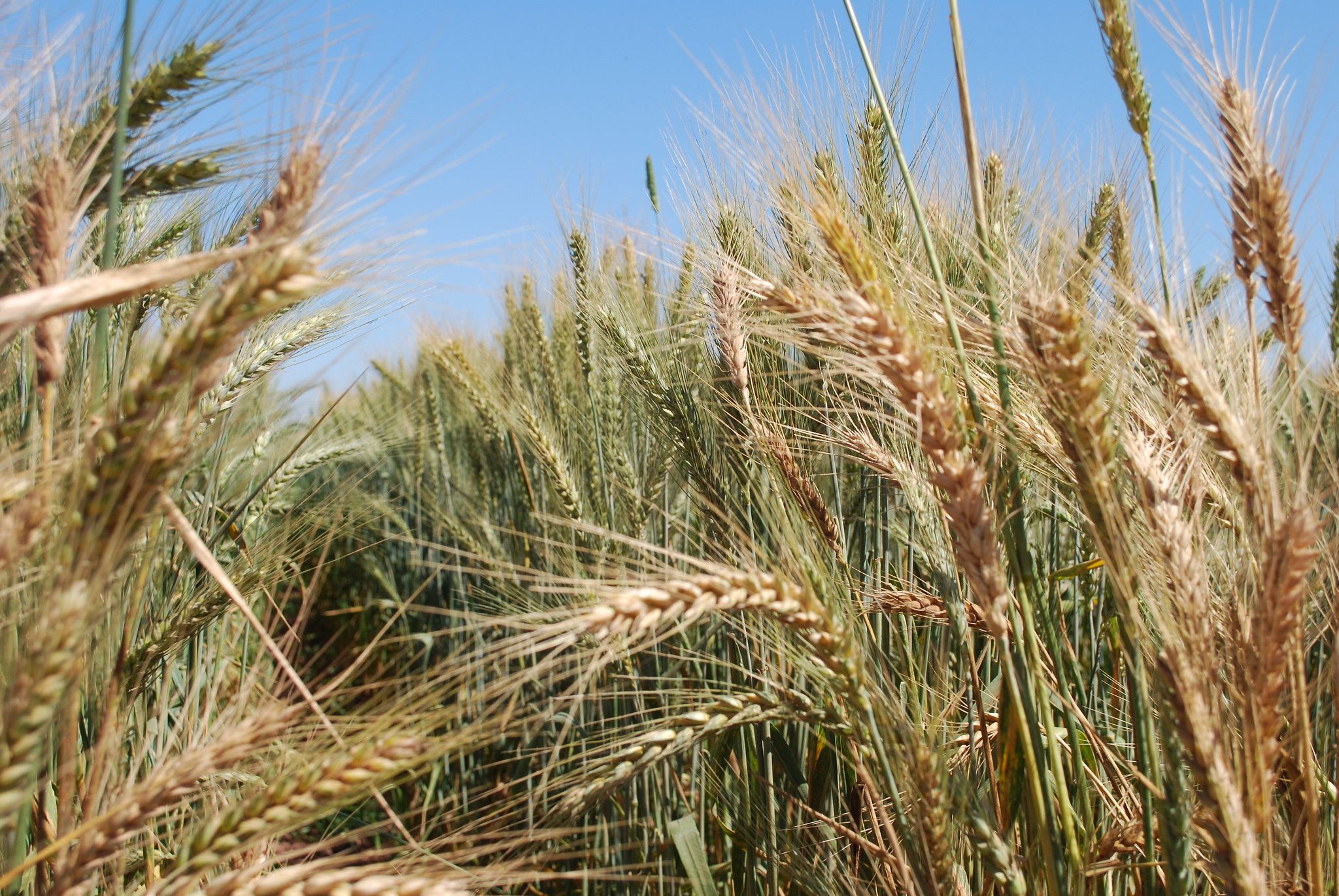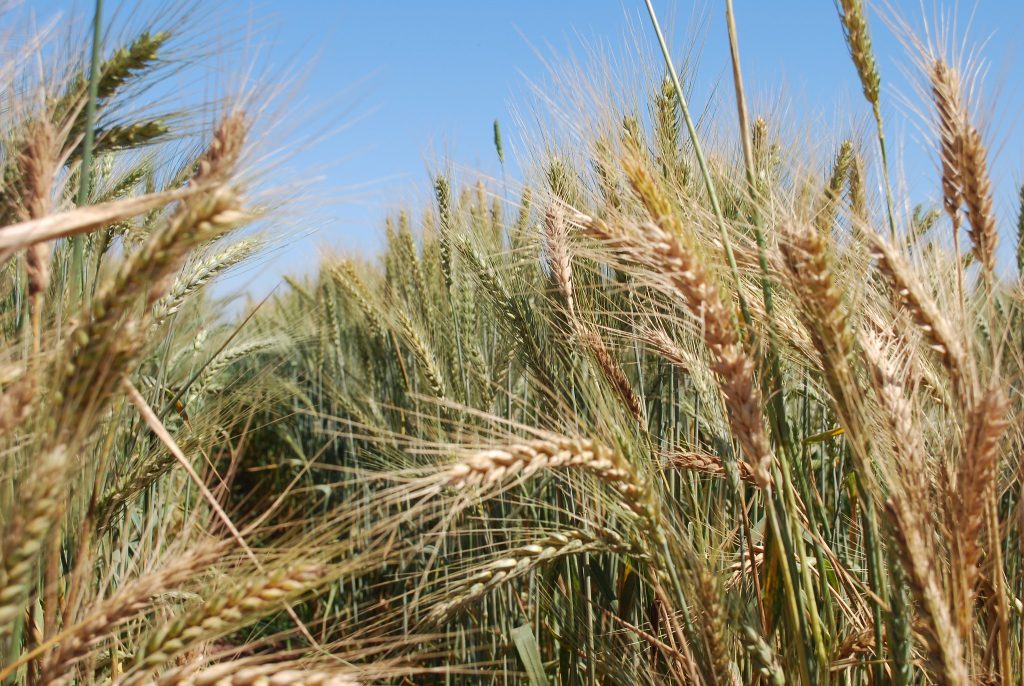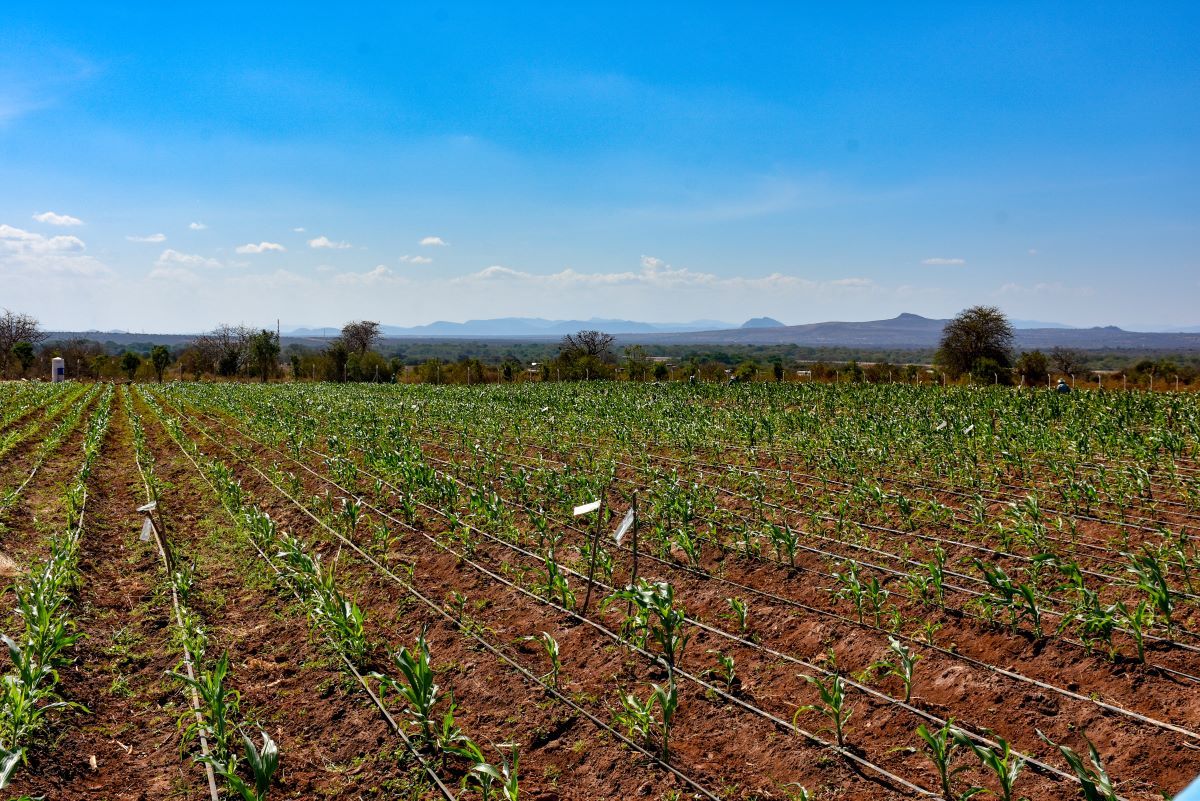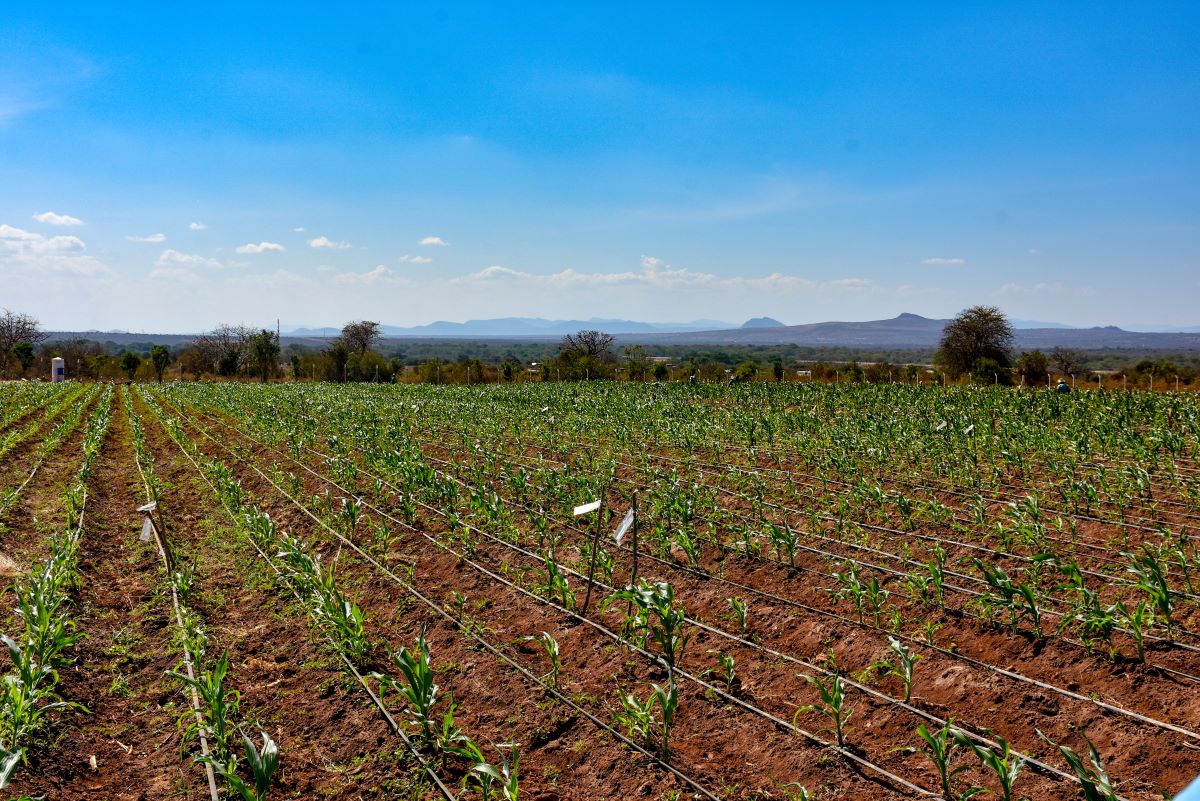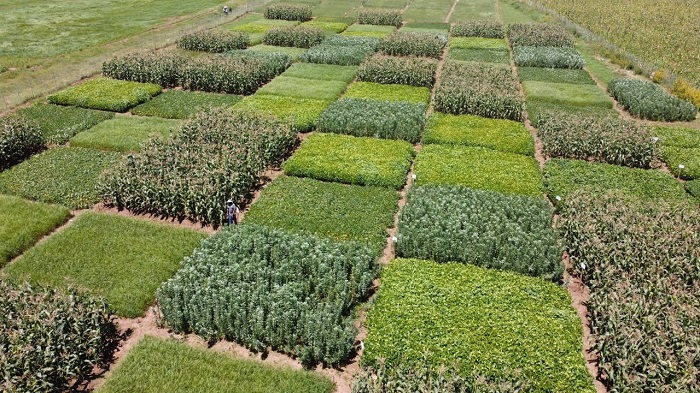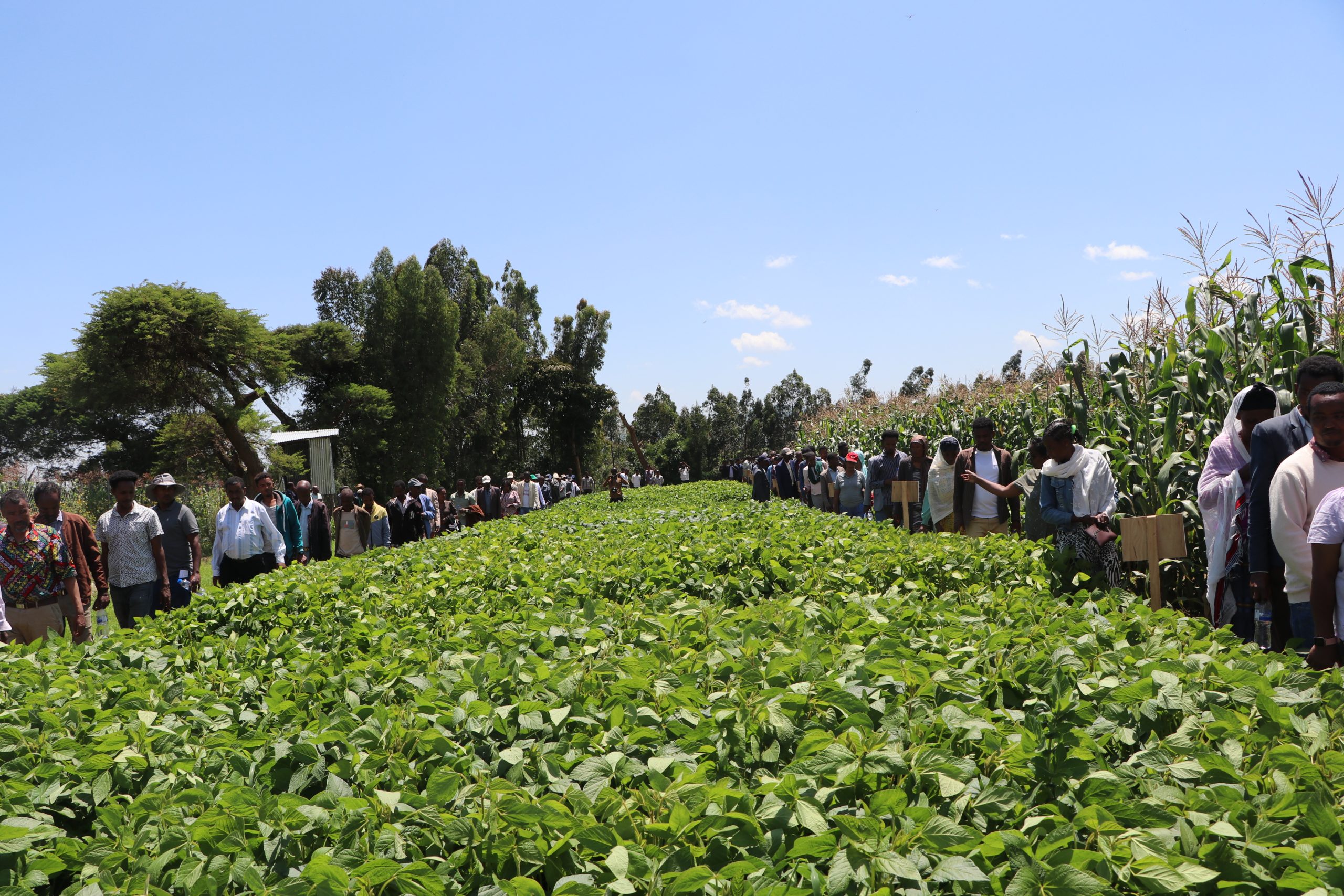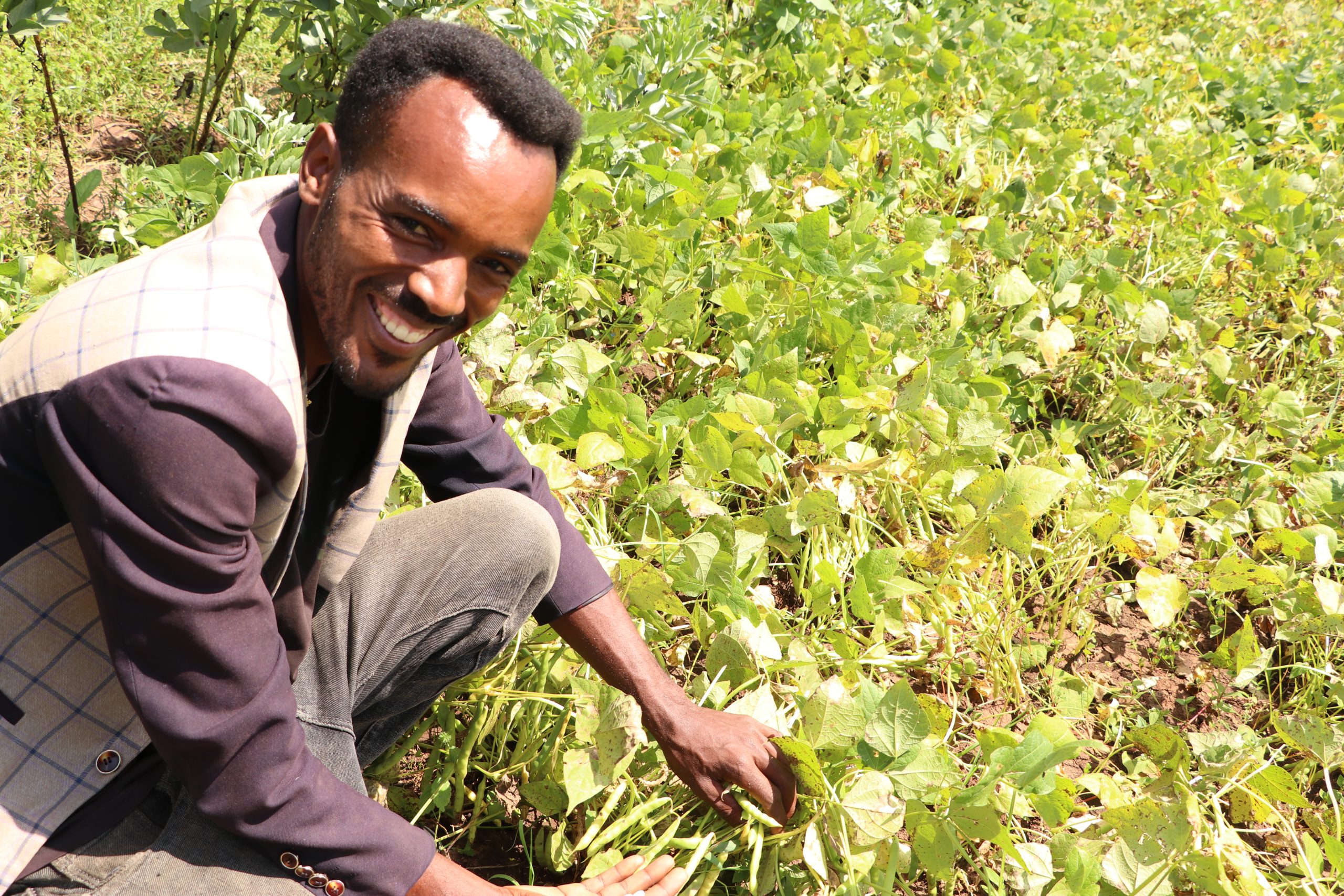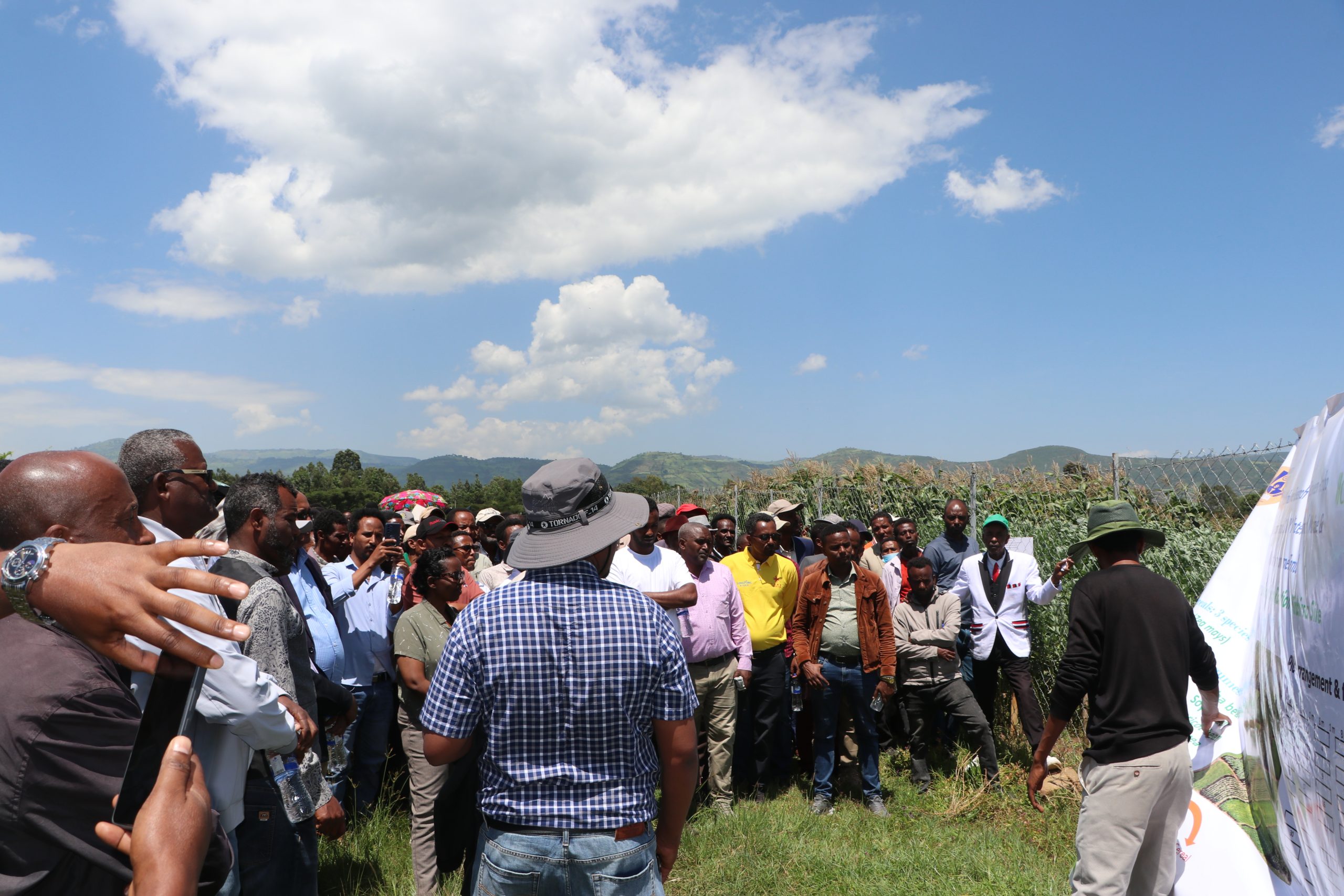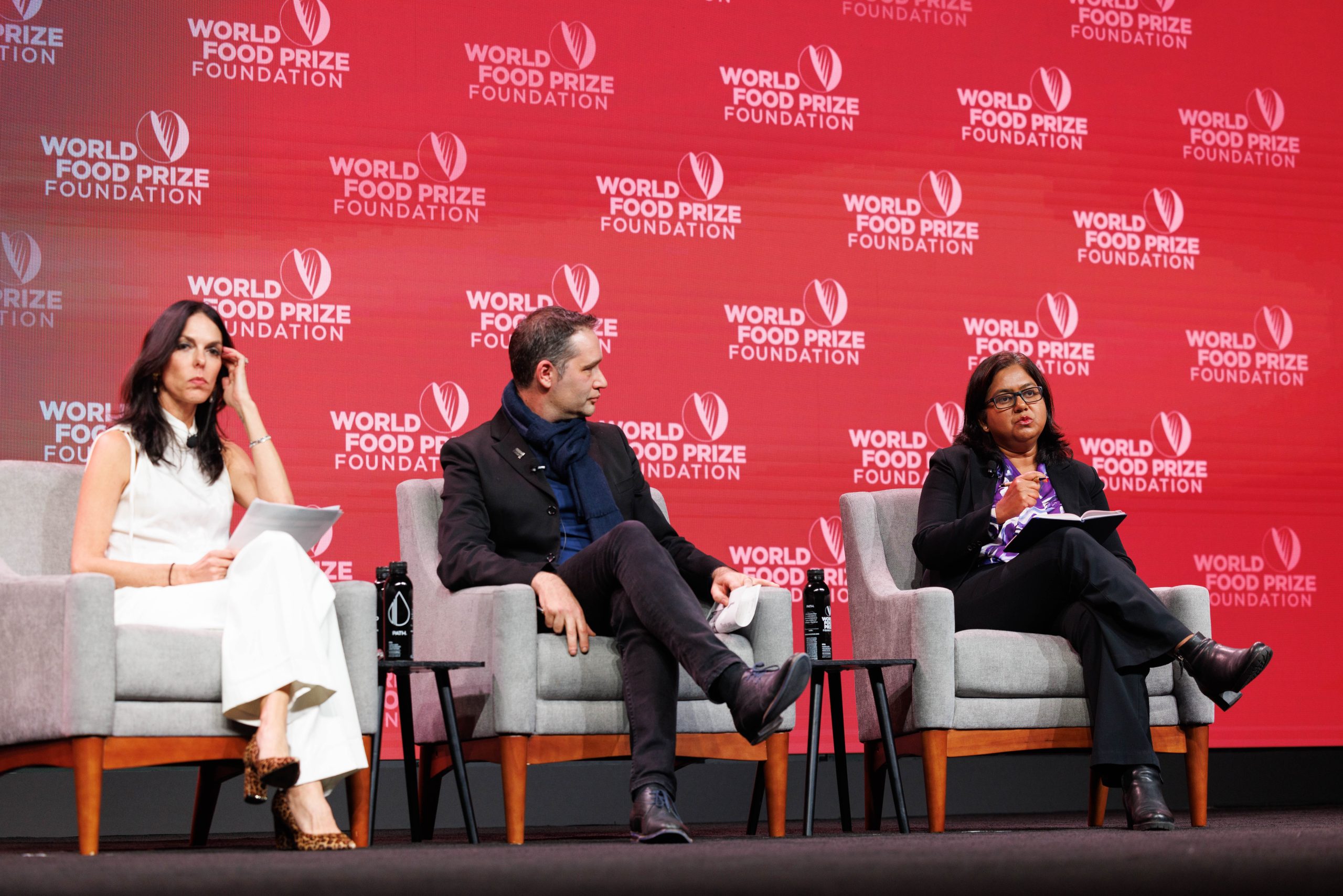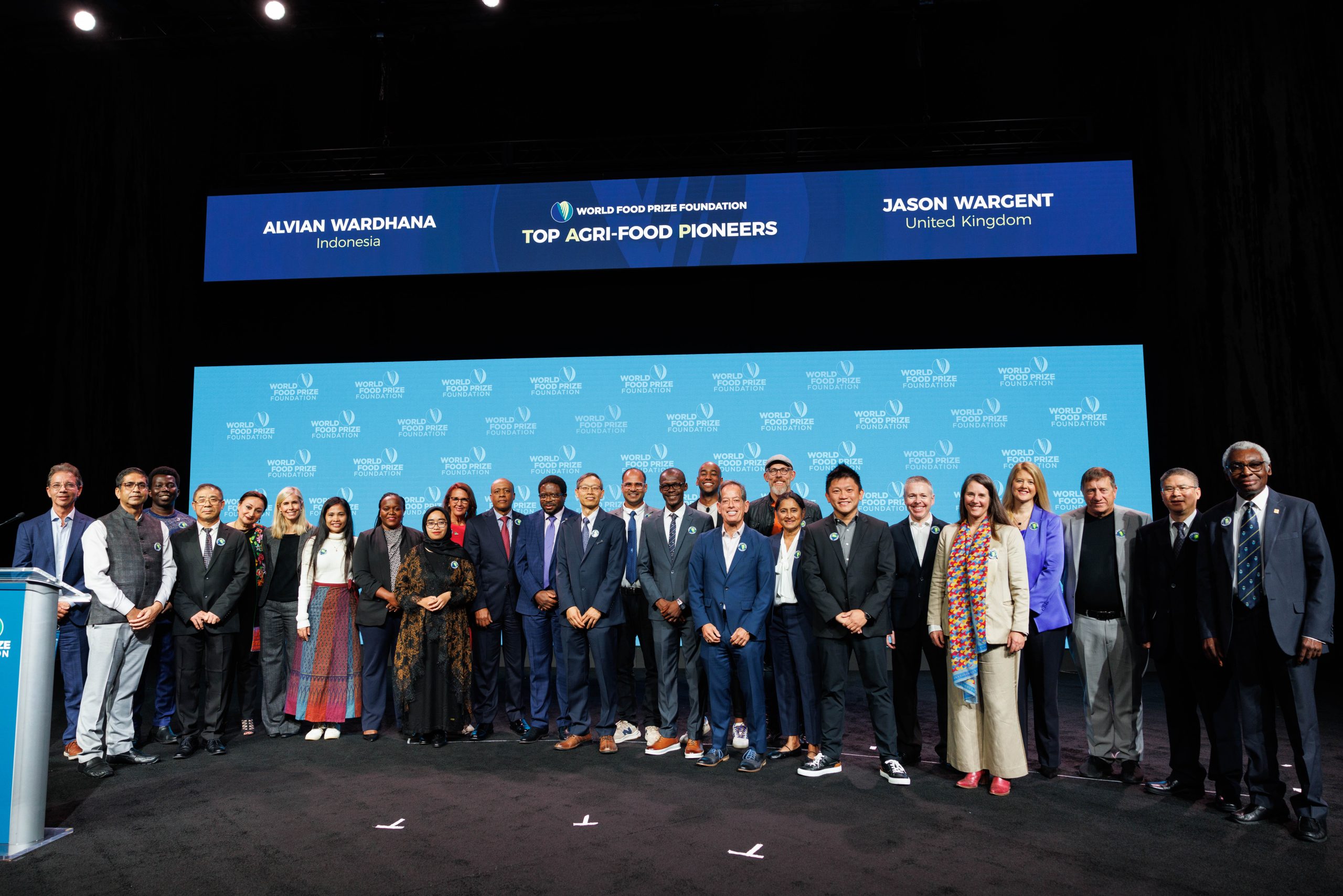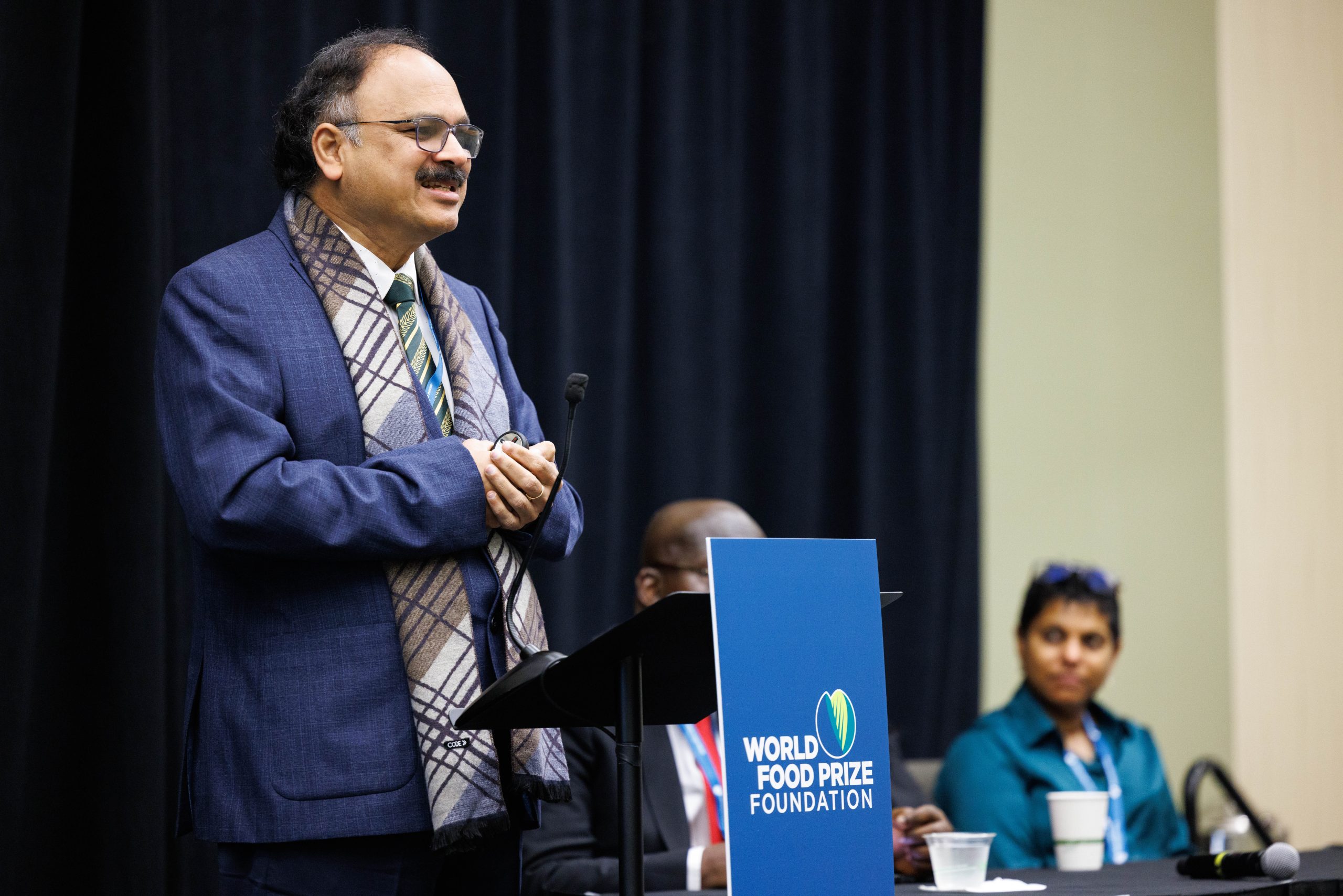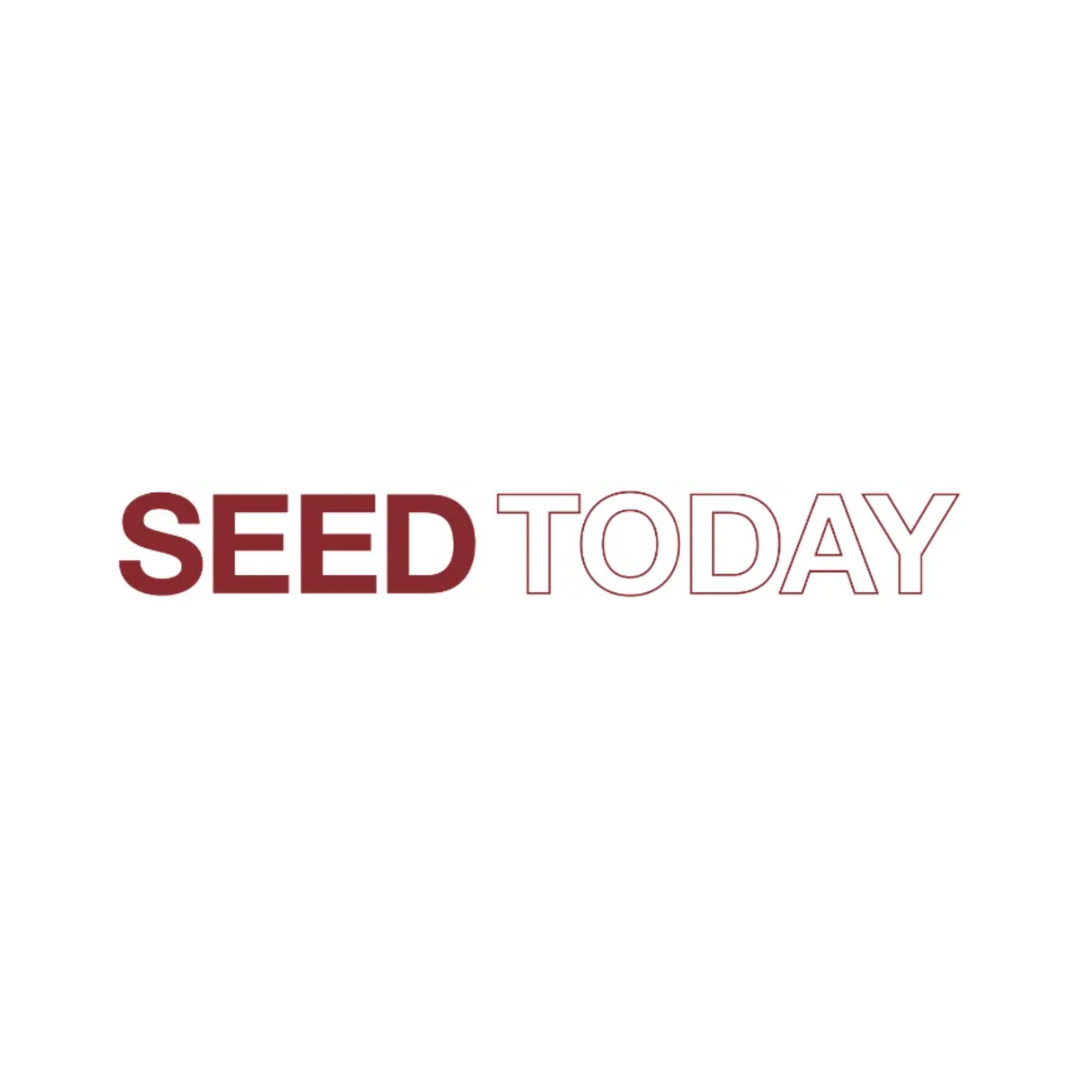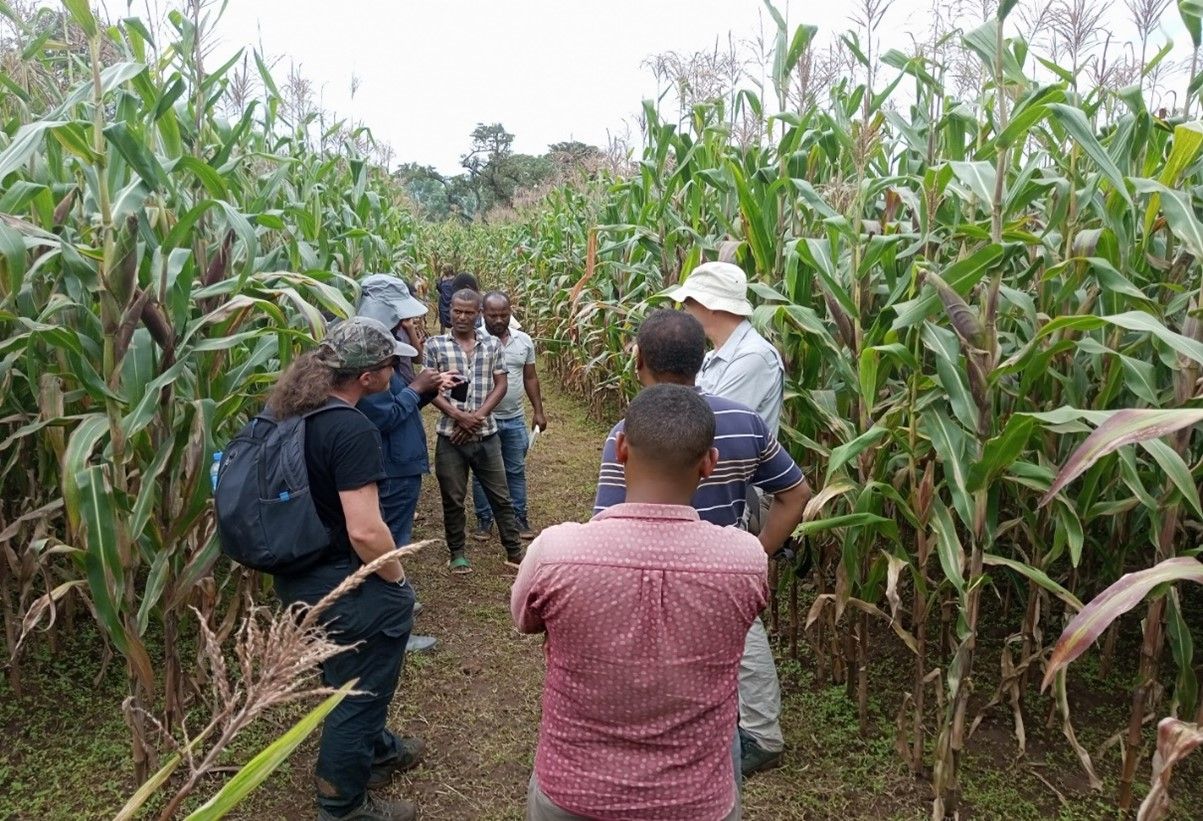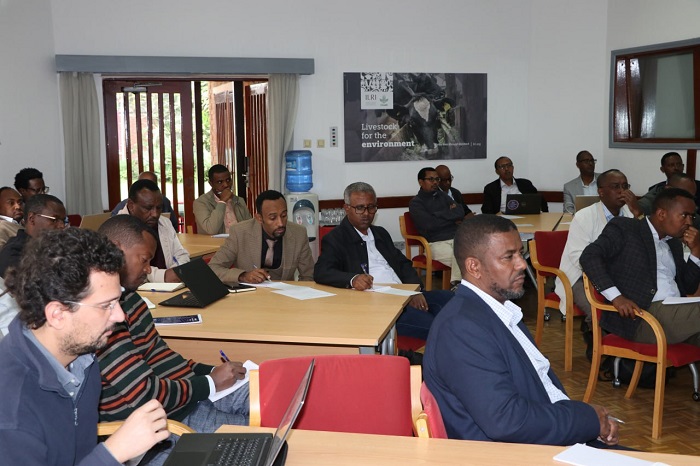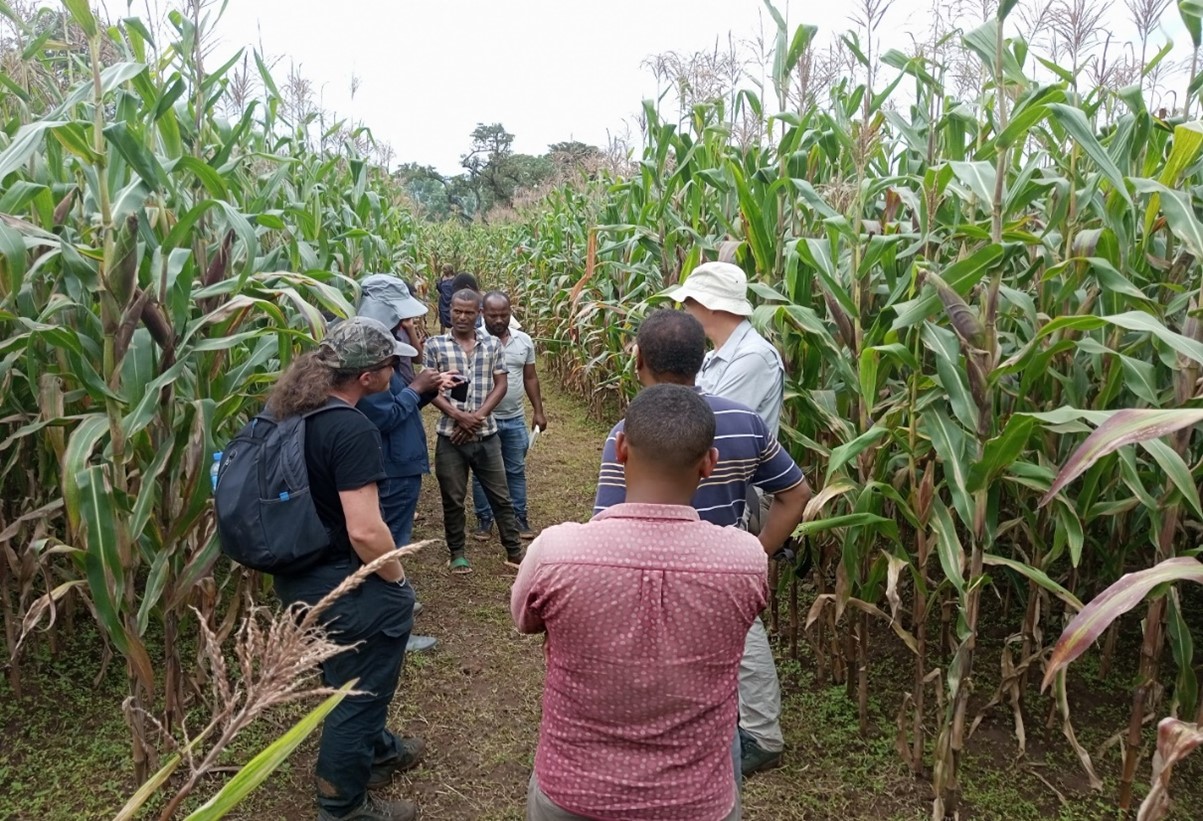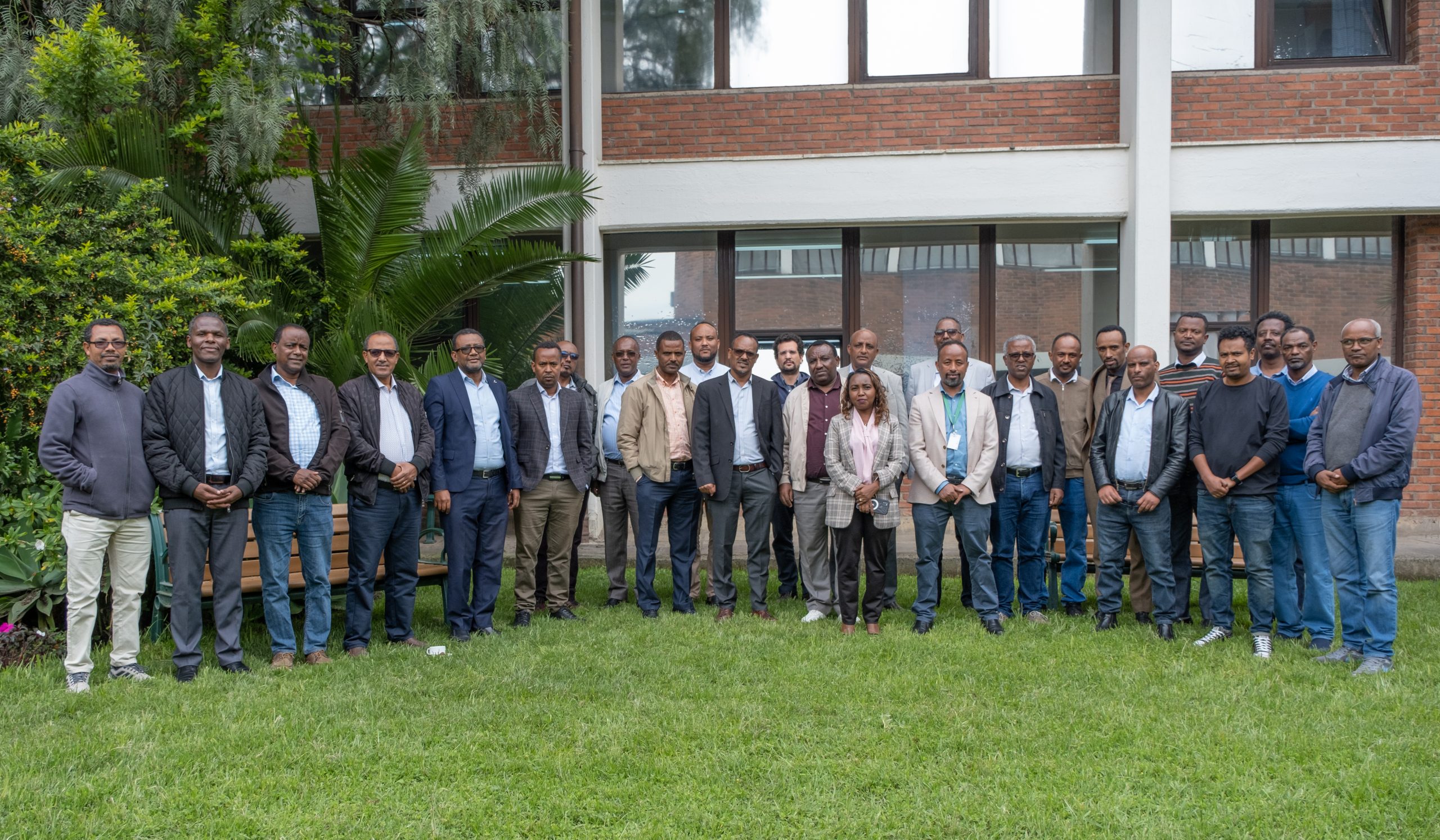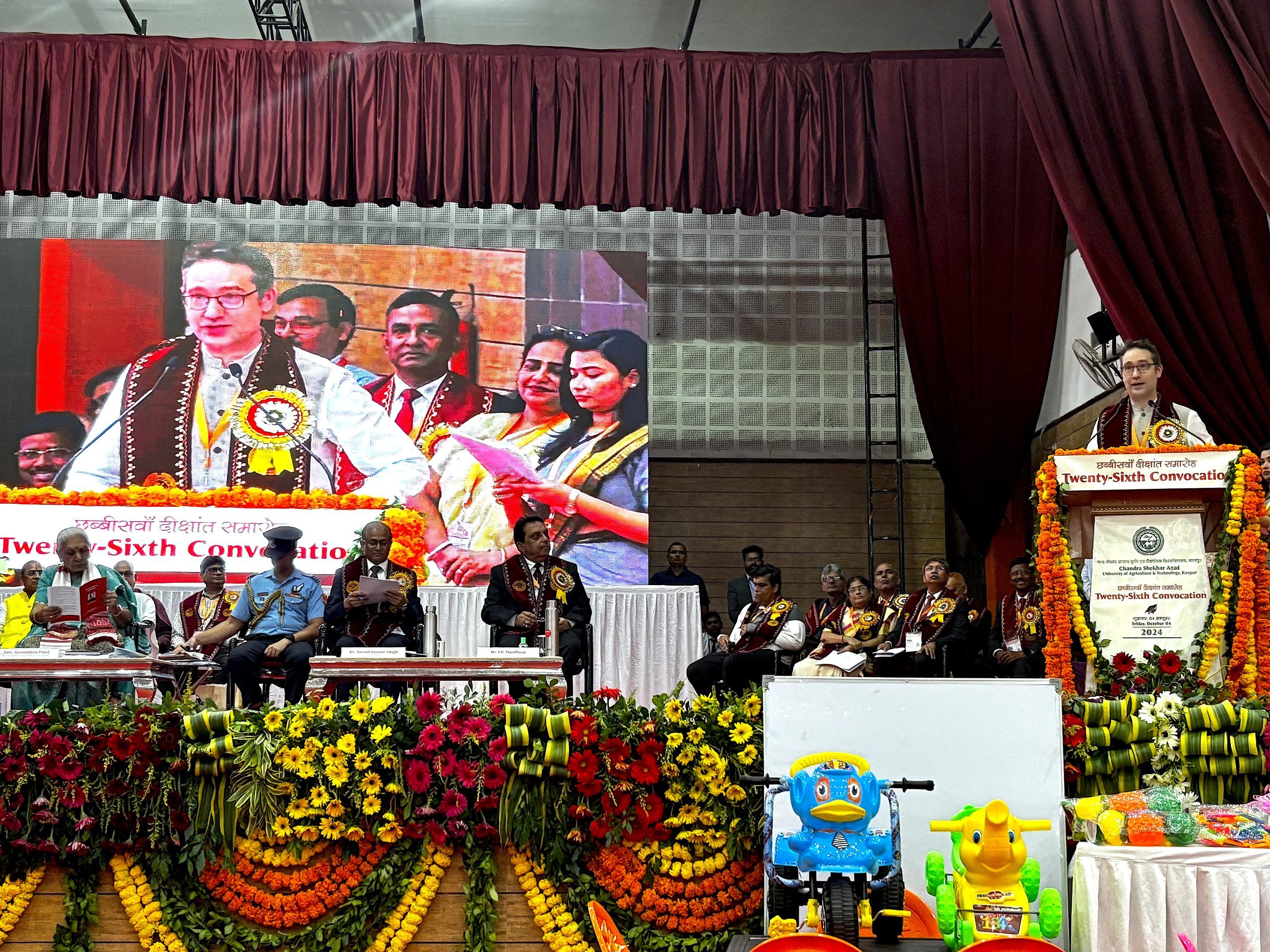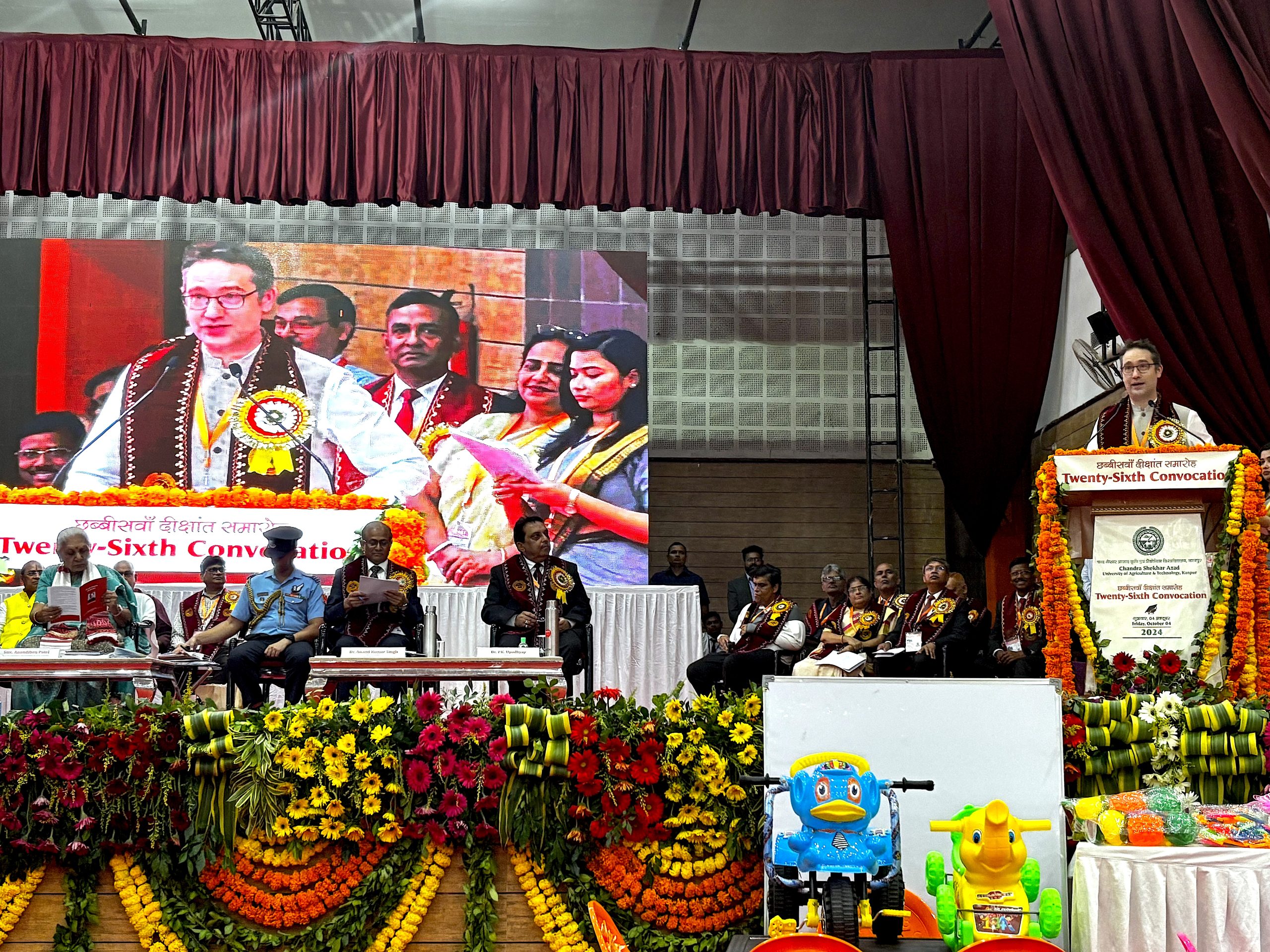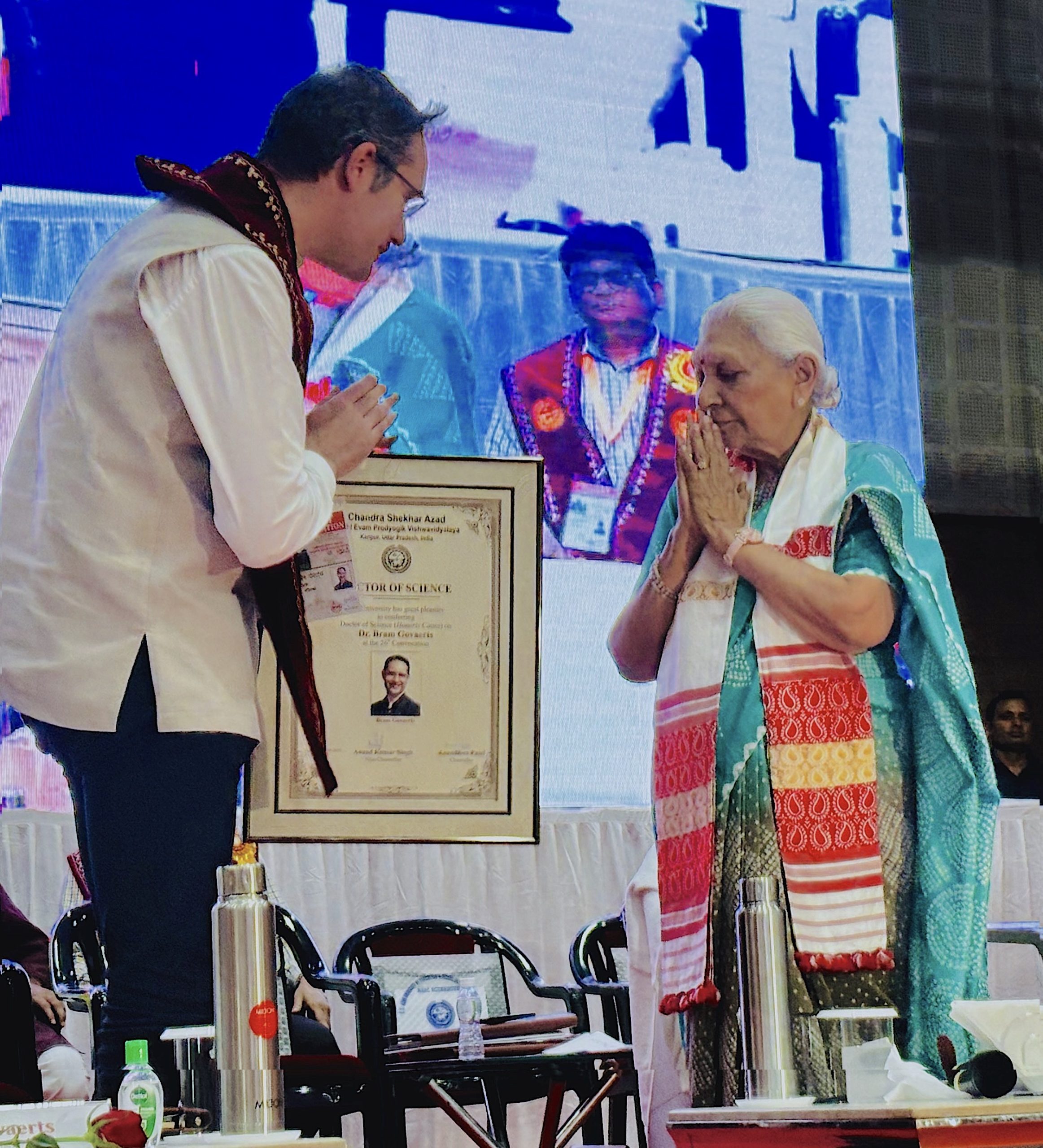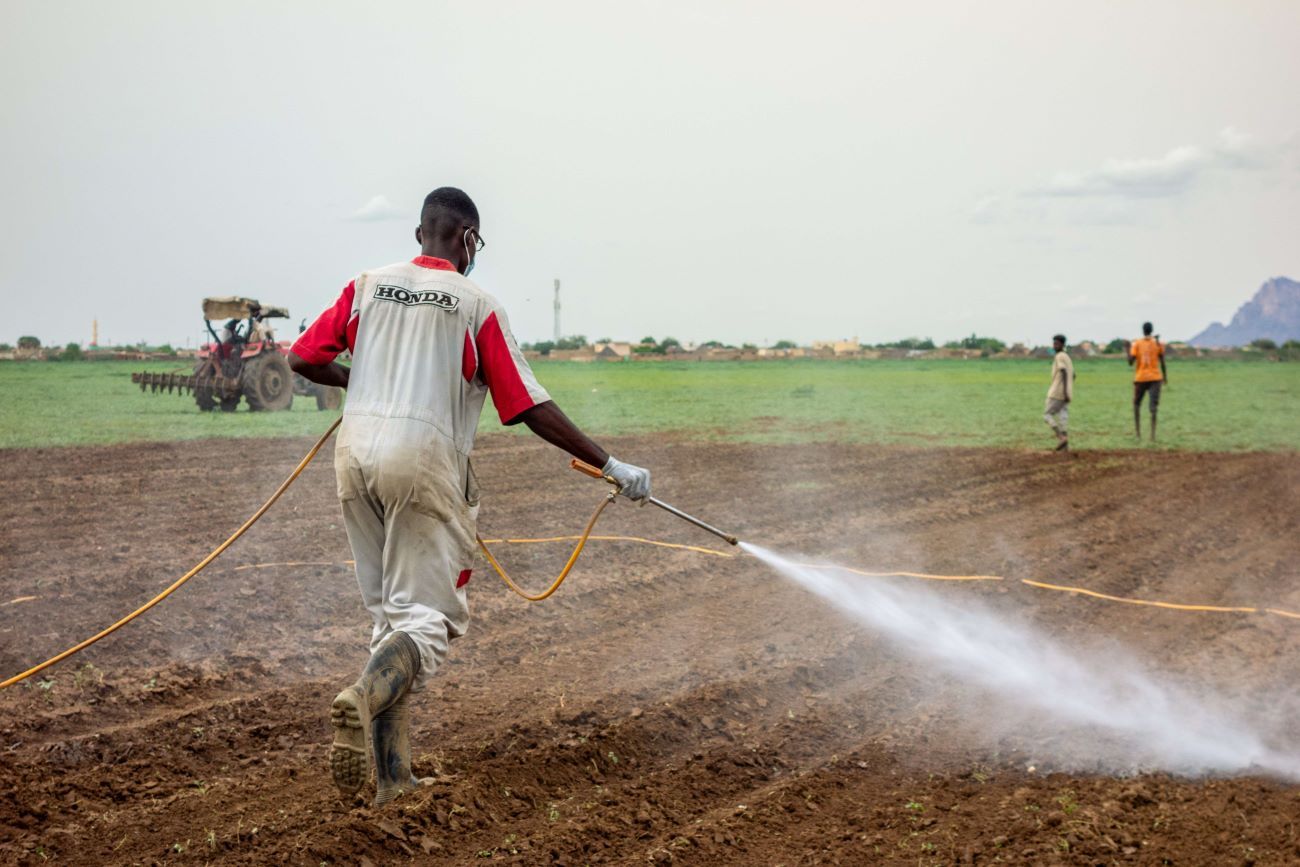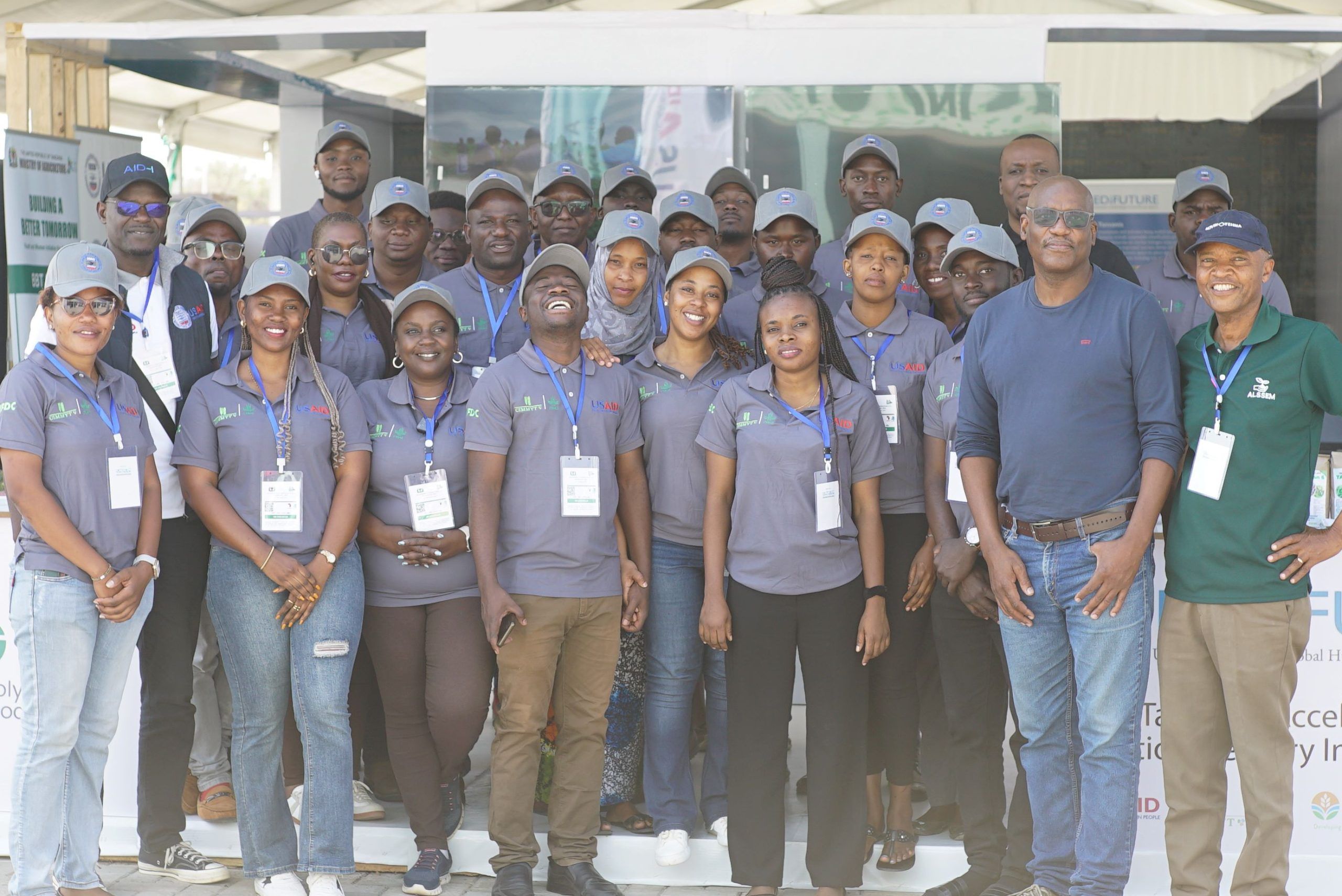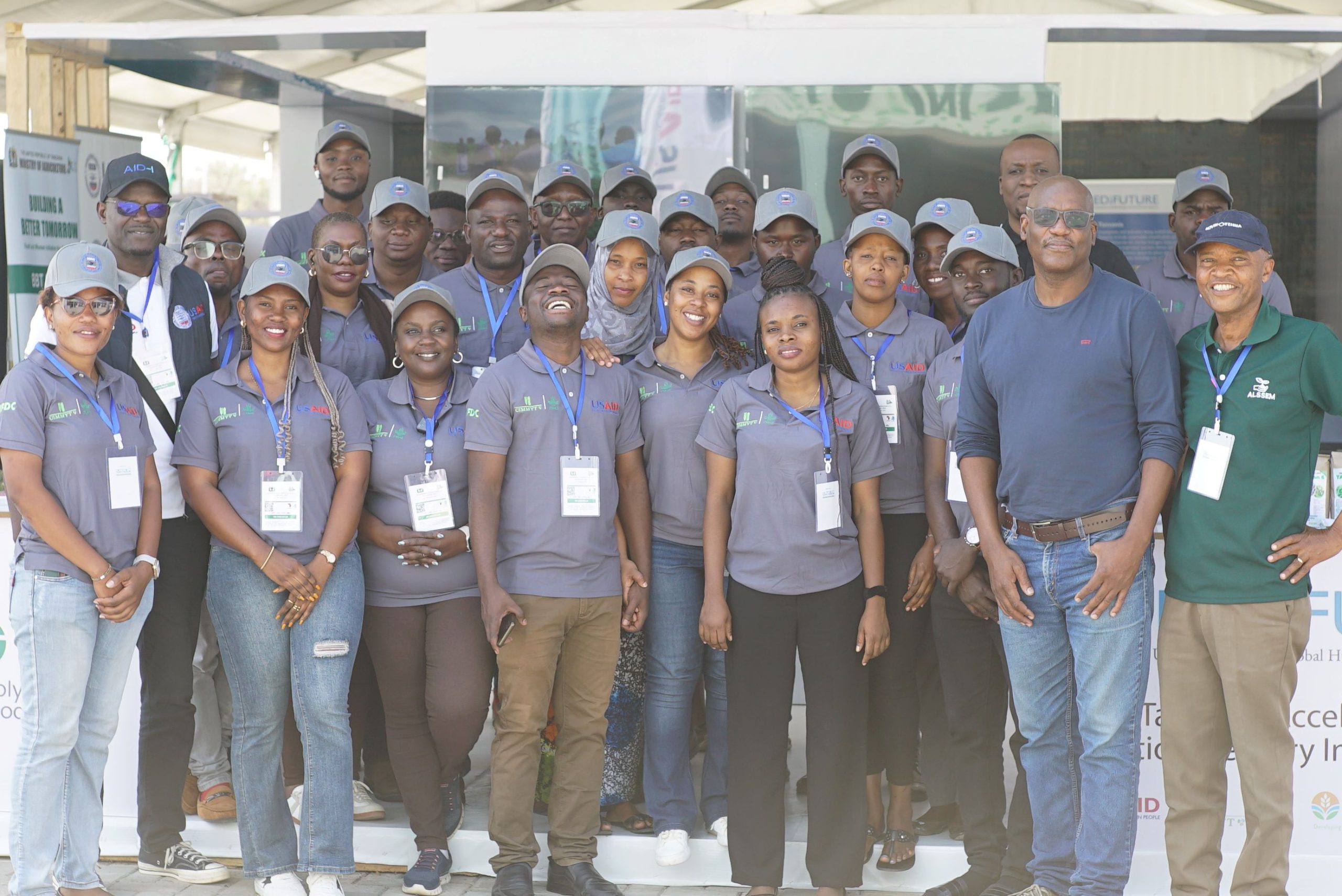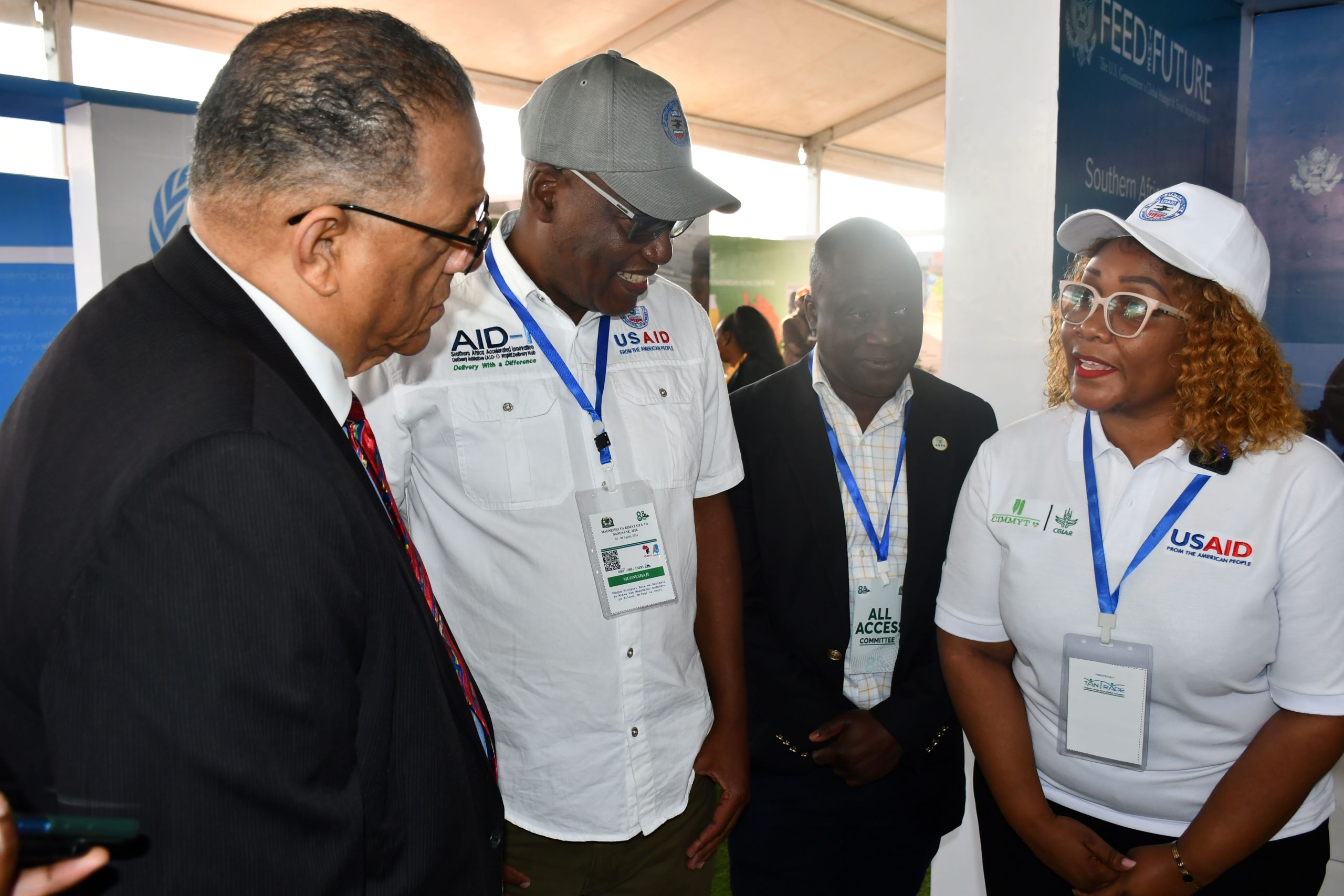How Atubandike dialogues are redefining gender and youth inclusion in Zambian agriculture
Women and youth are essential drivers of agricultural and economic resilience in Zambia’s rural farming communities. However, they frequently encounter significant barriers such as restrictive social norms and inadequate access to vital resources which hinder their ability to participate fully in the economy.
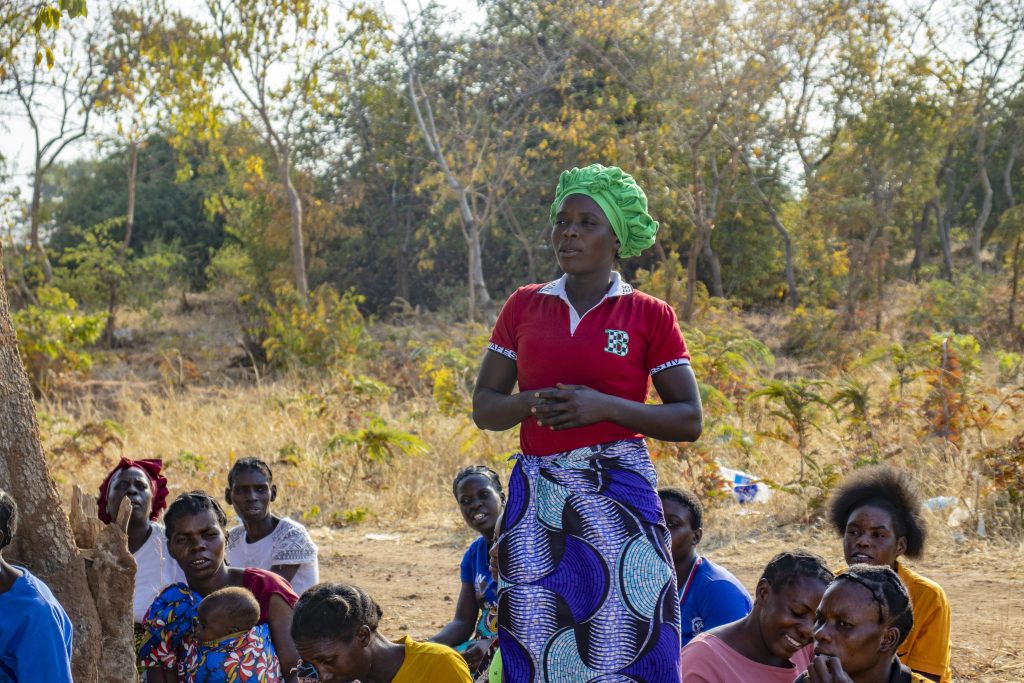
Recognizing the critical roles of women and youth in shaping the present and future of Zambian agriculture, the ‘Atubandike’ approach, under CIMMYT’s USAID-funded Southern Africa Accelerated Innovation Delivery Initiative (AID-I) Rapid Delivery Hub project, has been actively engaging with communities to address systemic barriers faced by these groups. This initiative combines digital tools with face-to-face interactions, creating spaces where community members can share their stories, challenges, and questions to co-create solutions.
Atubandike, which means ‘let’s have a conversation’ in the local Tongo language, was launched in Zambia in 2023 as an advisory service. The model represents a scalable, community-led approach that empowers marginalized groups, including women and youth, as active contributors and leaders in agriculture. With each interaction building upon the previous one, this ongoing work advances the broader mission of fostering inclusivity and resilience across Zambia’s agricultural sector.
To uncover and tackle the structural barriers faced by women and youth, the Atubandike team recently engaged over 1,700 farmers across 14 communities in Southern Zambia, gaining critical insights into the biases that persist in rural areas.
Stereotypes and structural barriers
The community conversations highlighted generational divides and deeply rooted stereotypes that cast youth as disengaged or disinterested in farming. Older community members opined that young people are more drawn to urban lifestyles and reluctant to take on the demanding labor associated with agriculture. One elderly farmer said: “Many youths prefer a comfortable lifestyle and quick money. They don’t have the patience for the hard work farming requires.”
In contrast, younger participants shared that this perception overlooks the genuine obstacles they face such as limited access to land, financing, training, and mentorship opportunities. They emphasized that their lack of involvement often stems from these barriers rather than a lack of motivation.
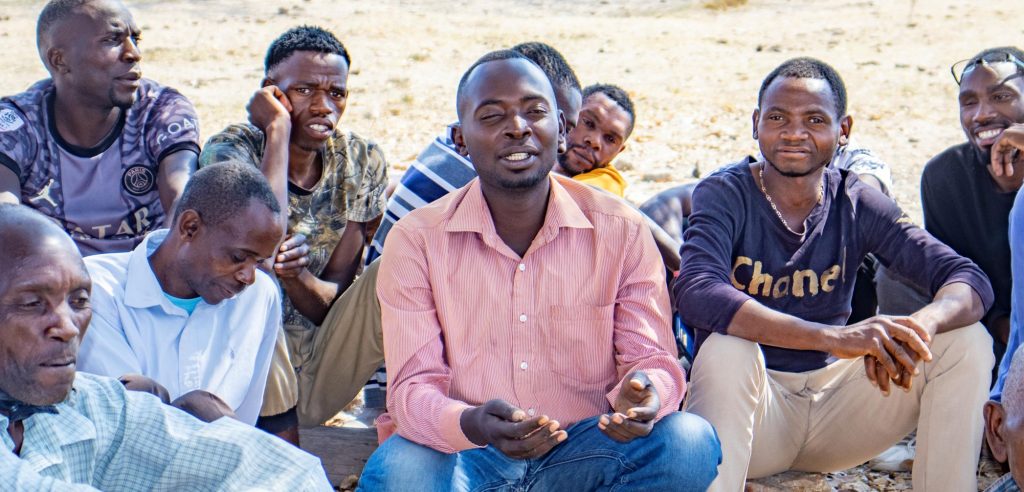
The consultations also underscored pervasive gender norms that limit women’s roles in agriculture. Despite their significant contributions to household food security, female farmers are often relegated to secondary roles, focusing on ‘women’s crops such as groundnuts, while men cultivate staple crops such as maize and cash crops such as soybean. A participant shared, “The community always perceives men as the real farmers because they are considered the heads of the household.” This perception frequently limits women’s access to critical resources and their decision-making power within the agricultural sphere.
However, through Atubandike’s sessions, communities are beginning to confront these entrenched norms, shedding light on the vital contributions of women and youth in agriculture. This shift is laying the groundwork for a more equitable approach, where both men and women, young and old, are recognized as essential to farming success and household resilience. As these conversations grow, Atubandike is paving the way for solutions that promise meaningful and lasting change for both women and youth in agriculture.
Community-driven solutions
- Building youth capacity through skills and leadership: Many community members expressed a strong desire to see more youth involved in agricultural activities, emphasizing the importance of hands-on training. “We need to get the youth involved in actual farming [tasks] such as irrigation and crop management. It keeps them busy and teaches them valuable skills,” shared one local leader.
To support this vision, Atubandike is training young community members as digital champions, equipping them with both technical expertise and leadership skills that allow them to mentor their peers and encourage youth participation in agriculture. These digital champions not only extend the reach of Atubandike’s initiatives but also serve as relatable role models, inspiring other young people to engage in agriculture as well as see it as a viable and rewarding path.
- Towards a more inclusive future for Zambian agriculture
The Atubandike initiative – by fostering open community dialogue, empowering digital champions, and promoting household-level collaboration – lays the foundation for a more inclusive future for Zambian agriculture. As each community engagement builds momentum, CIMMYT, through the AID-I project, creates a cycle of empowerment and growth that ensures women and youth are not only heard but also empowered to lead.
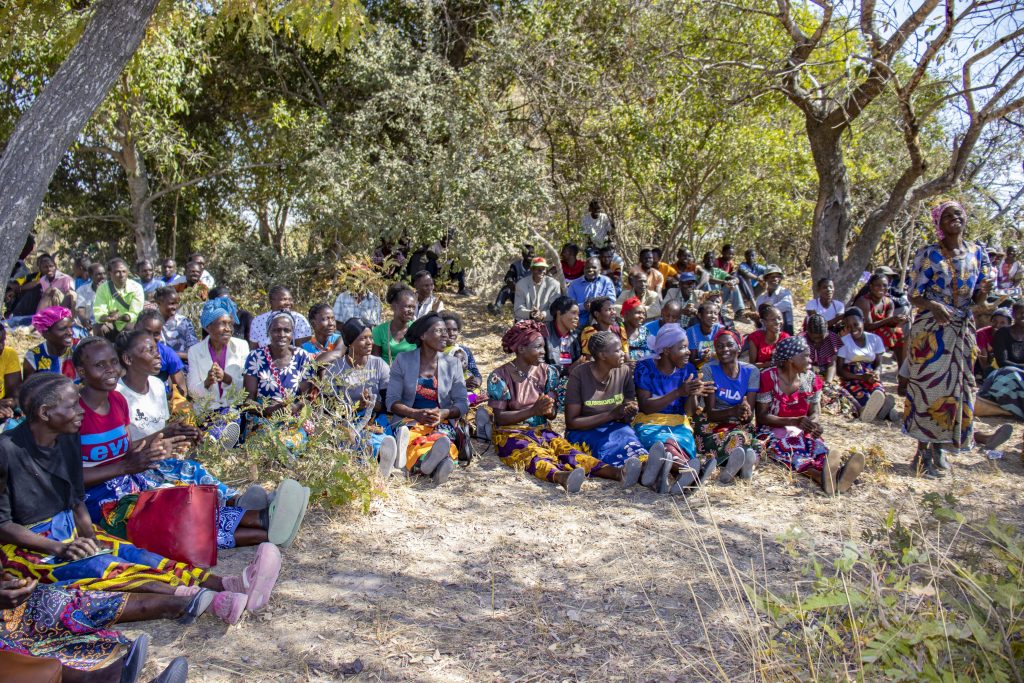
Amidst the challenges of erratic weather patterns and economic constraints, building resilience through cross-generational and gender-inclusive collaboration is crucial. Atubandike is addressing these geographic and social challenges and paving the way for a future where every farmer, regardless of age or gender, plays a pivotal role in Zambia’s agricultural success.
